 LONDONDERRY, NH —Jacob C. Hutchinson, Alexander Burwell, Jimmy Stinson—who are these men, and what do they have in common?
LONDONDERRY, NH —Jacob C. Hutchinson, Alexander Burwell, Jimmy Stinson—who are these men, and what do they have in common?
They were all Black men who served their country during World War II, and they were all stationed at the U.S. Army’s Grenier Air Base in Manchester, now Manchester-Boston Regional Airport.
For Black History Month, the Aviation Museum of New Hampshire invites you to learn their names and many others in a presentation about the lives of Black soldiers stationed at Grenier during World War II.
The Feb. 10 presentation will be given by Leah Dearborn, the museum’s assistant director.
It will be followed by a “Changing of the Planes” ceremony, during which three model aircraft built by Tuskegee Airman Howard Carter will be placed prominently on display in the museum.
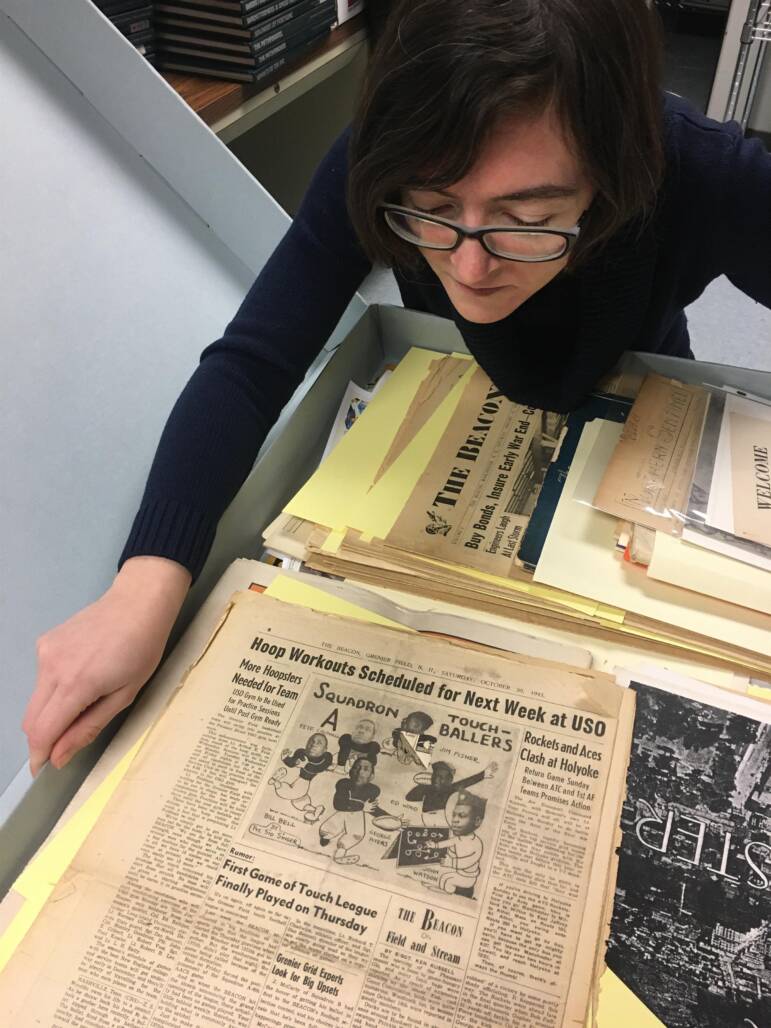
The planes will replace three of Carter’s models that have been on display since 2019, and which will be returned to storage as part of the museum’s collection.
Following his honorable discharge in the 1950s, Carter resorted to building models when denied the opportunity to work as an airline pilot in the 1950s due to racial discrimination.
The plane-changing ceremony will include remarks from Rosalie Dunbar, former co-owner of the Top Fun Aviation Toy Museum, who met Carter (now in his 90s and living near Boston) when he originally donated his model aircraft to her museum. Dunbar is a lifelong aviation enthusiast who sought to preserve and share Carter’s story and models, which are now part of the Aviation Museum’s collection.
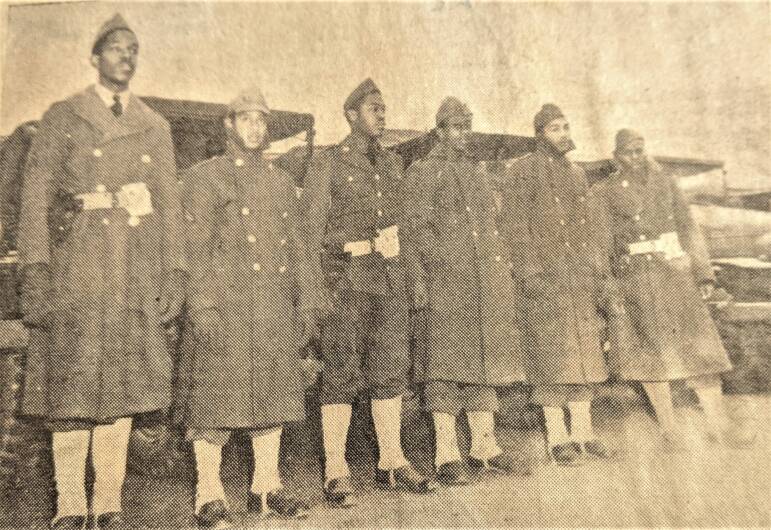
The ceremony will follow a lecture about the history of Black military service in New Hampshire and New England, with a particular focus on the history of Grenier Air Field. Through their own words in The Beacon, a newspaper that circulated on the base during the 1940s, you’ll also learn about life in ‘the Village,’ a segregated barracks where Black soldiers were billeted.
You’ll learn about Marva Louis, the wife of acclaimed boxer Joe Louis, and her visit to the Air Field, as well the words of USO workers who witnessed the days of segregation at Grenier. You’ll also hear about the exceptional 366th Infantry Regiment, once stationed in Manchester, which included Black officers in its leadership and fought bravely in combat in Italy during WWII.
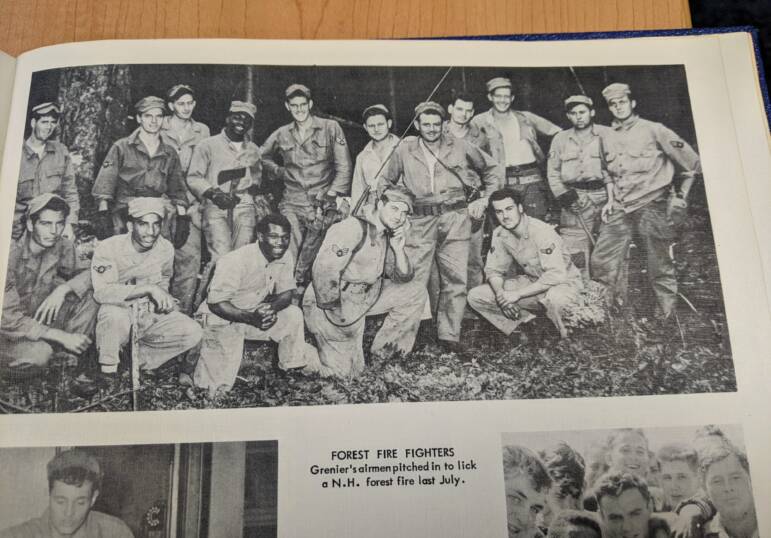
During WWII, 2.5 million African American men registered for the draft, with over a million inducted into the armed forces. In addition to thousands of Black women, these inductees served in all branches of service and in all Theaters of Operations during World War II.
People of African descent have participated in every U.S. war; however, it wasn’t until President Harry Truman signed Executive Order 9981 in 1948, establishing the President’s Committee on Equality of Treatment and Opportunity in the Armed Services, that the government committed to integrating the segregated military.
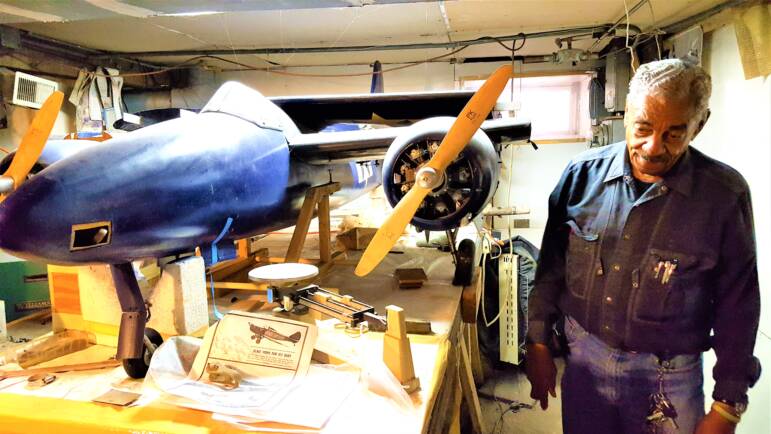
Despite honorable service during wartime, however, Black pilots (including Howard Carter) would not be hired by commercial airlines until 1965, when Air Force veteran Marlon Green won a lawsuit in the U.S. Supreme Court against Continental Airlines.
Today, less than 4 percent of aircraft pilots and flight engineers are Black or African American, according to the Bureau of Labor Statistics; a number that demonstrates the work left to be done in creating equitable opportunities in aviation.
The Feb. 10 program starts at 7 p.m. and is open to the public. Tickets available at the door: $10 per person, general admission. All proceeds support the non-profit Aviation Museum’s education programming.
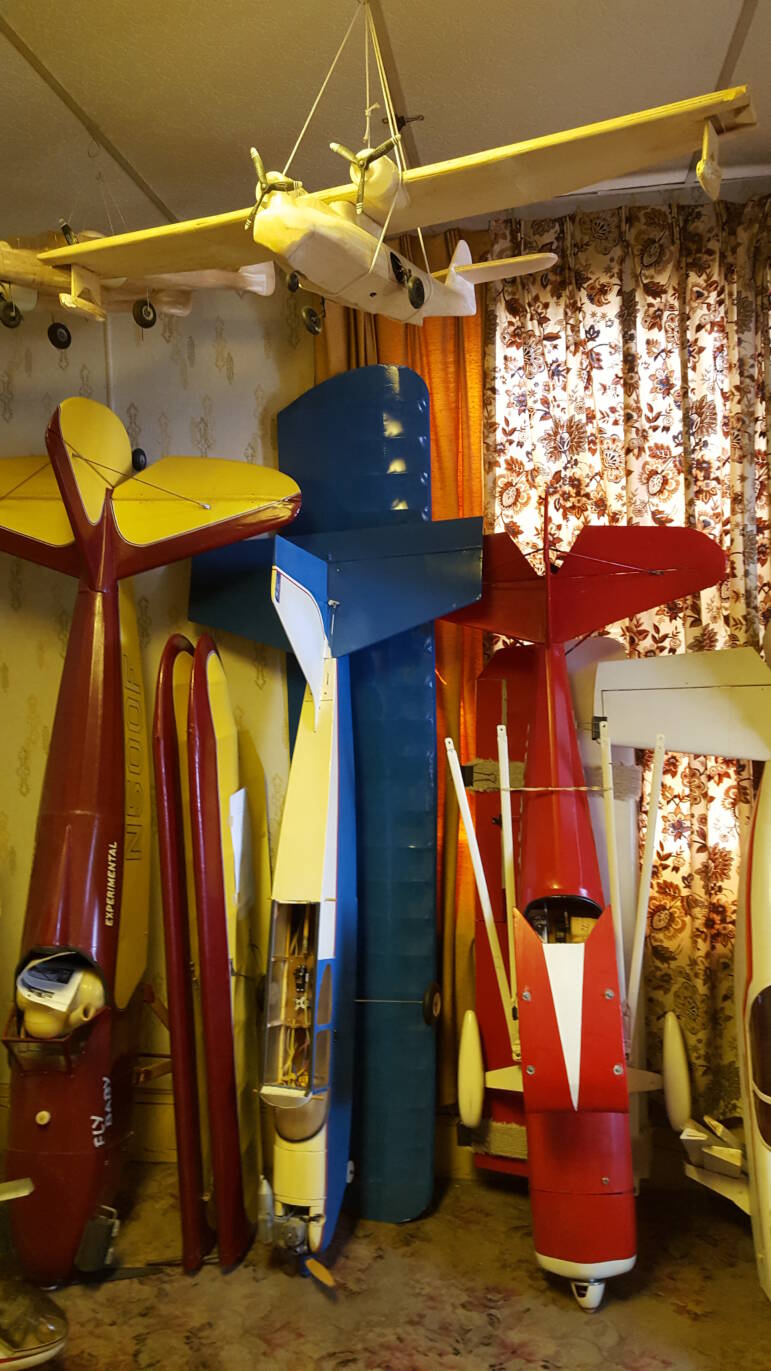
This program is the latest in a series of humanities programs planned for 2022 by the Aviation Museum of NH The series is supported in part by Grappone Auto and the Sidore Foundation.
The Aviation Museum, a non-profit 501(c)3 tax-exempt organization based in the 1937 art deco passenger terminal at Manchester-Boston Regional Airport, is dedicated to preserving the Granite State’s rich aviation past, and also inspiring today’s students to become the aviation pioneers of tomorrow.
The Aviation Museum is located at 27 Navigator Road, off Harvey Road, in Londonderry, N.H.
For more information, visit www.aviationmuseumofnh.org or call (603) 669-4820. Follow the Aviation Museum on social media at www.facebook.com/nhahs.







